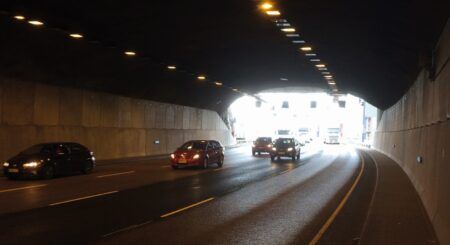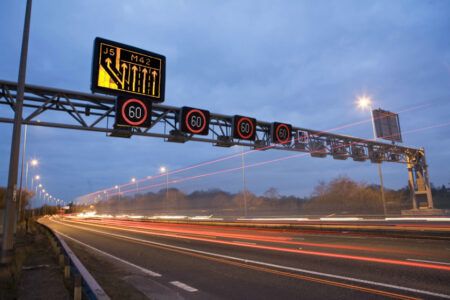The US Department of Transportation’s Work Zone Data Working Group has released version 4.0 of its Work Zone Data Exchange (WZDx) Specification, a data-sharing standard to help automated driving systems and human drivers navigate roadway work zones more safely.
Among other improvements, the 4.0 release defines standards for two new data feeds: one that transmits information to drivers and automated driving systems about traffic management devices in use at work zones and one that transmits work-zone-specific lane closure and road restriction information.
In 2019, the most recent year for which data is available, 842 people died in highway work zone crashes compared to 757 in the previous year. The 11.2% increase is the largest year-over-year percent increase of highway work zone fatalities this century.
The WZDx Specification allows infrastructure owners and operators to make work zone data available with a common format and vocabulary for third party use. Bringing these feeds into vehicles will help drivers and automated driving systems anticipate work zone travel changes and proceed more safely. Several data producers and data users have started to set up data feeds based on WZDx.

Earlier this month, US Transportation Secretary Pete Buttigieg publicly unveiled six Departmental innovation principles, which will guide how the Department deploys resources to foster purpose-driven transportation innovation. Within this framework, the Department is committed to sharing insights and embracing open data and transparency, especially as it enhances safety.
The Federal Highway Administration (FHWA) and Intelligent Transportation Systems Joint Program Office (ITS JPO) co-led the early stages of the project and remain actively involved along with the Bureau of Transportation Statistics (BTS), the Federal Motor Carrier Safety Administration (FMCSA), and other programs in the Department.





